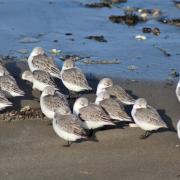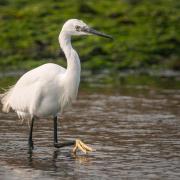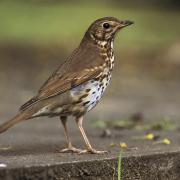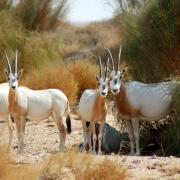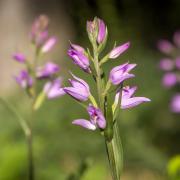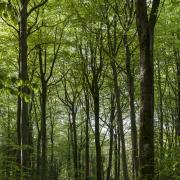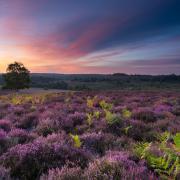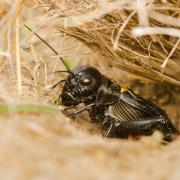There’s nothing wrong with being a butterfly enthusiast, just don’t capture them and stick them into an album. Those days are gone and Tiffany Francis has some simple advice for lovers of these beautiful insects: look but don’t touch
Humans have always been mesmerised by the world of insects. Bumblebees have been discovered in ancient rock paintings dating back to the late palaeolithic era, a fascination which developed over the next 15,000 years into written records, intricate artwork and photography that helped document our expanding knowledge of the insect world. The Victorians were particularly keen entomologists and nurtured a special obsession with Lepidoptera, an order of insect which includes more than 180,000 species of moths and butterflies around the globe.
Their love for collecting butterflies in glittering display cabinets inspired amateurs to continue the hobby far into the twentieth century; the novelist Vladimir Nabokov claimed that ‘had there been no revolution in Russia, I would have devoted myself entirely to lepidopterology and never written any novels at all.’ Even the popular video game series Pokémon was inspired by insect collecting, a childhood hobby enjoyed by its creator Satoshi Tajiri.
Fortunately for our dwindling insect population, butterfly collecting seems to have lost its charm and most amateur naturalists are more than happy to observe live specimens without feeling the urge to pin them up in macabre parades. We can’t blame our ancestors for their hobbies; without smartphones or portable cameras, how else could they capture the instant joy of a new species? We are also blessed with environmental awareness and appreciate how such hobbies could devastate local ecosystems forever. Nevertheless, butterflies are one of the most fascinating and delightful creatures to discover in the British countryside, particularly in Hampshire where several rare species are drawn to our unique landscape. While it’s no longer clever to collect physical specimens, photography is a fantastic way to ‘collect’ butterfly species without harming populations. All you need is a camera or smartphone, and a guidebook to help you identify your discoveries.
There are 46 species of butterfly in Hampshire, all of which play an important role in the local ecosystem. Their presence indicates a healthy environment rich in other invertebrates, and these collectively provide a wide range of benefits including pollination and natural pest control. The most common species to spot around the county include the Peacock, Orange-tip, Comma, Marbled White, Brimstone, Speckled Wood and Dingy Skipper, but look carefully and you may also find more elusive species like the Small Blue and Chalk Hill Blue, which can both be found around Magdalen Hill in Winchester. The spectacular Purple Emperor, another declining species, feeds on goat willow around Alice Holt, Bentley Wood and Whiteley Pastures, while the extremely rare Glanville Fritillary can be found nearby on the Isle of Wight.






